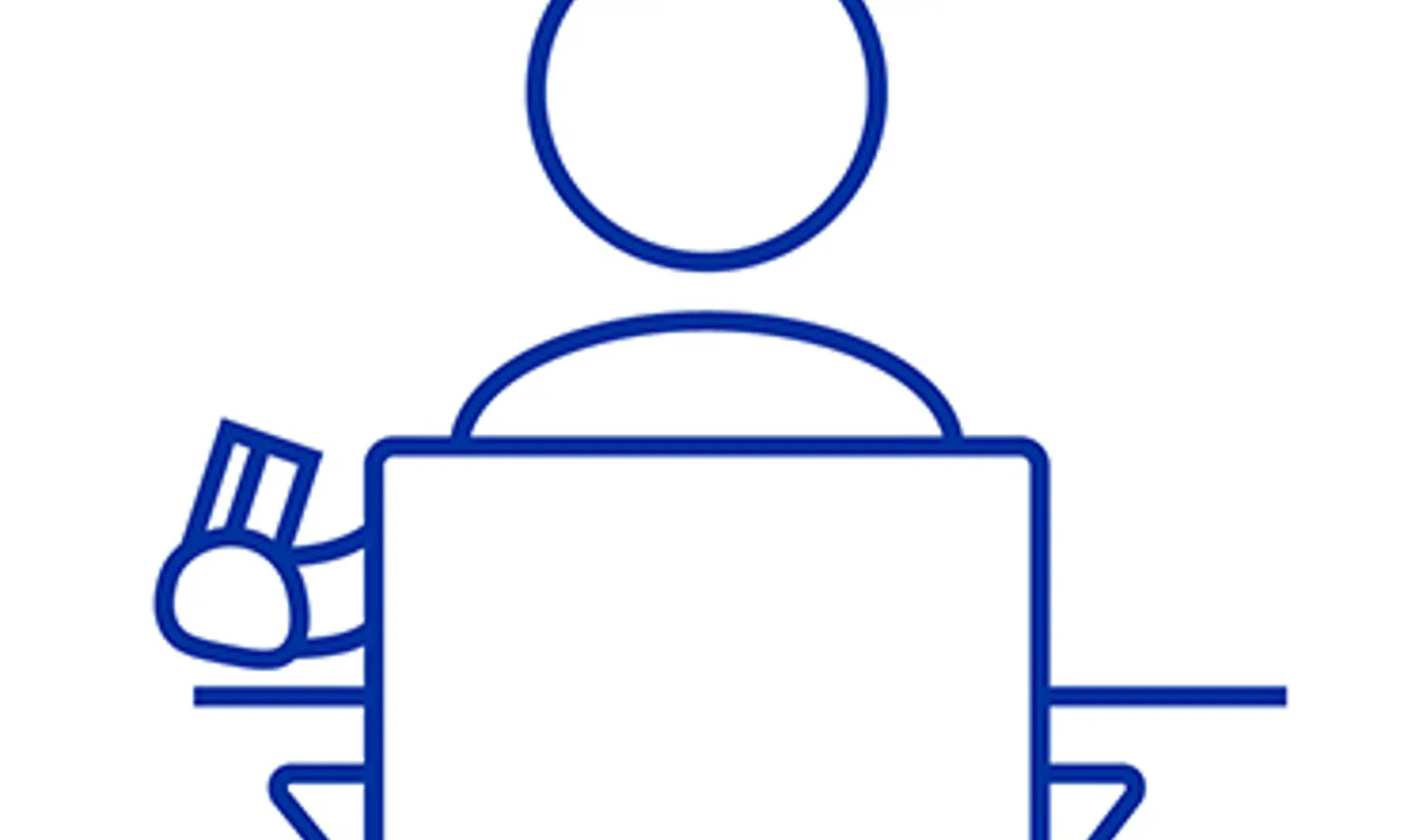Buying into a new world

In part one of our Navigating the Next Normal series, we discuss how consumption patterns and shopping habits have transformed in light of the COVID-19 pandemic. What trends have emerged, and how are global industries reacting?
In 2020, the world changed irrevocably with the emergence of COVID-19. So, what has this meant for consumers around the world – and the industries serving them? For the former, factors such as economic uncertainty, more focus on health and wellbeing and a need to isolate have had a massive effect.
Digitally driven commerce
With life having changed as we know it there has, unsurprisingly, been a huge increase in e-commerce, with consumers focusing on essential products. Take China. The country has seen a large drive towards online grocery shopping, with particular focus on healthier foods and beverages. And, according to a McKinsey survey, three quarters of respondents further stated they wanted to keep eating this way in the future.

Shifting shopping habits
In this new world, consumers also appear to be more interested in products that buy into their overall desire to be more hygienic, healthy and environmentally responsible. This has meant an increase in demand for green cleaning products and local, sustainable foods. In addition, and due to safety restrictions impacting virtually every country, people’s homes have also become schools, offices, gyms, and so on – leading to greater focus on yoga mats, fitness gear and gym equipment.
And, with so many jobs lost or at risk, coupled with a greater desire to ensure products are made in clean and safe working conditions, consumers are taking their purchase decisions far more seriously.
How can businesses step up?
Product companies must adapt to a digital marketplace while simultaneously showing customers they are reliable and ethical. This includes providing a smooth and simple digital self-service experience – especially given the jump in older online shoppers – and learning how to keep people coming back for more: be it through loyalty programmes, promotions, subscription models or quicker delivery times.

Manufacturers could also focus on adopting a more purpose-driven mentality, showing the world what they can do with their platform: in a recent Deloitte survey on marketing trends, 79% of 2,447 global consumers surveyed said they remembered if a brand reacted positively to the COVID-19 crisis.
Throughout the rest of this series, we will continue delving into the factors that have driven consumer trends during the pandemic, as well as how SIG has played a role in helping manufacturers stay agile and flexible in the face of such rapid change. In part two, we’ll explore in particular the effects of digital acceleration on consumption – and how this has impacted both consumers and businesses.
Want similar stories like this delivered to your inbox? Subscribe to the SIGnals Update, our exclusive bi-weekly newsletter.
- April 15, 2021
